Building of the Day: 832 Marcy Avenue, Bedford Stuyvesant's Boys High School
It’s School Week here on Brownstoner. Stay tuned to check out more school-themed stories. I was asked to pick my favorite school building for this series of school posts. Of course, I have to go with Boys High School. It’s a masterpiece. Filmmakers think so too — the school’s been used as a setting for at…
It’s School Week here on Brownstoner. Stay tuned to check out more school-themed stories.
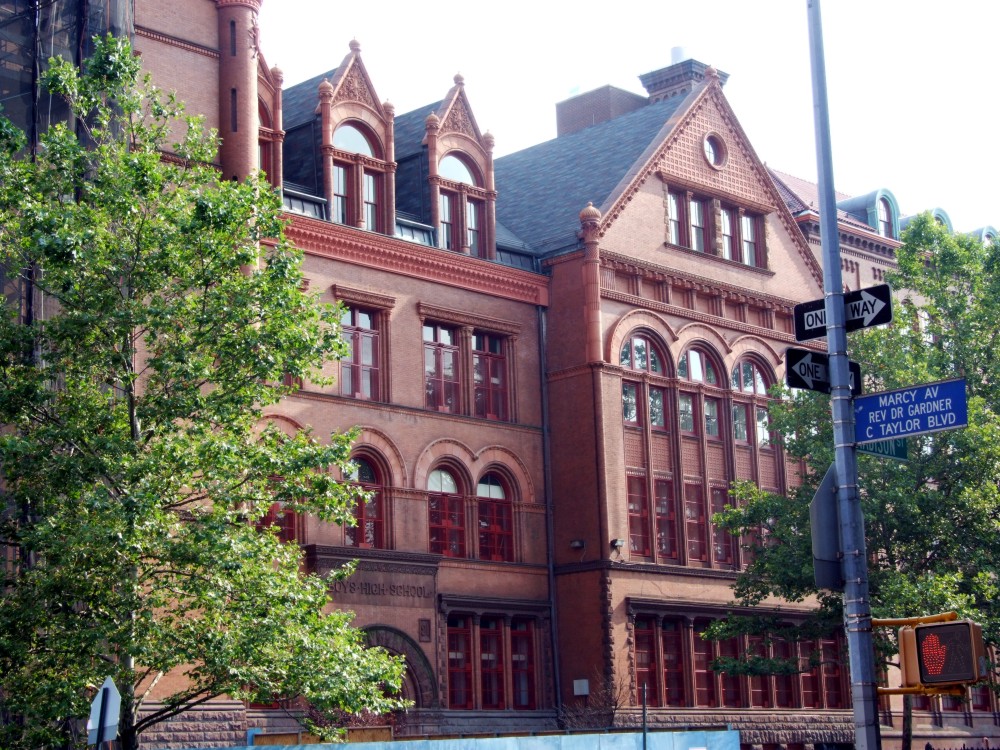
I was asked to pick my favorite school building for this series of school posts. Of course, I have to go with Boys High School. It’s a masterpiece. Filmmakers think so too — the school’s been used as a setting for at least two major productions.
Name: Boys High School
Address: 832 Marcy Avenue
Cross Streets: Putnam Avenue and Madison Street
Neighborhood: Bedford Stuyvesant
Year Built: 1891, with additions 1905-1910
Architectural Style: Richardsonian Romanesque Revival
Architect: James W. Naughton, additions by C.B.J. Snyder
Other works by architect: Girls High School (Bed Stuy), P.S. 9 Annex (Prospect Heights), P.S. 107 (Park Slope); Snyder: Erasmus High School (Flatbush); John Jay High School (Park Slope); for both, many, many others
Landmarked: Yes, individually landmarked (1975); National Register (1982)
Brooklyn, as an independent city, led the metropolitan area in public education. Educators had long felt that public schooling beyond elementary school was necessary for an educated populace and workforce.
In 1885, the first high school in New York City, Girls High School, opened nearby on Nostrand Avenue. Originally planned to hold both boys and girls, it was too small for both before the doors even opened. The boys had to wait until September of 1892, when this school was completed.
James W. Naughton, who was Superintendent of Buildings for the Board of Education of the City of Brooklyn (put that title on your door), held his office from 1879-98.
During that time, this Irish-born, Cooper Union–trained architect was the sole architect for more than 100 schools built during his tenure. He was active right at the peak of Brooklyn’s ascendency as one of America’s finest fast-growing cities.
A Majestic School Worthy of a City on the Rise
By the mid 1880s, the Romanesque Revival architecture style was seen as a fitting style of architecture for important civic, commercial and residential buildings in America.
The style had complex massing of shapes and textures, soaring arches and ornamental elements, all perfect for showing off in a spectacular way.
In the 1890s in Brooklyn, the fire headquarters, post office, Eagle Warehouse, Germania Club, Alhambra Apartments, Hulbert, Behr and Schieren houses, and many more were designed in the Romanesque Revival style. But the Boys High School would top them all.
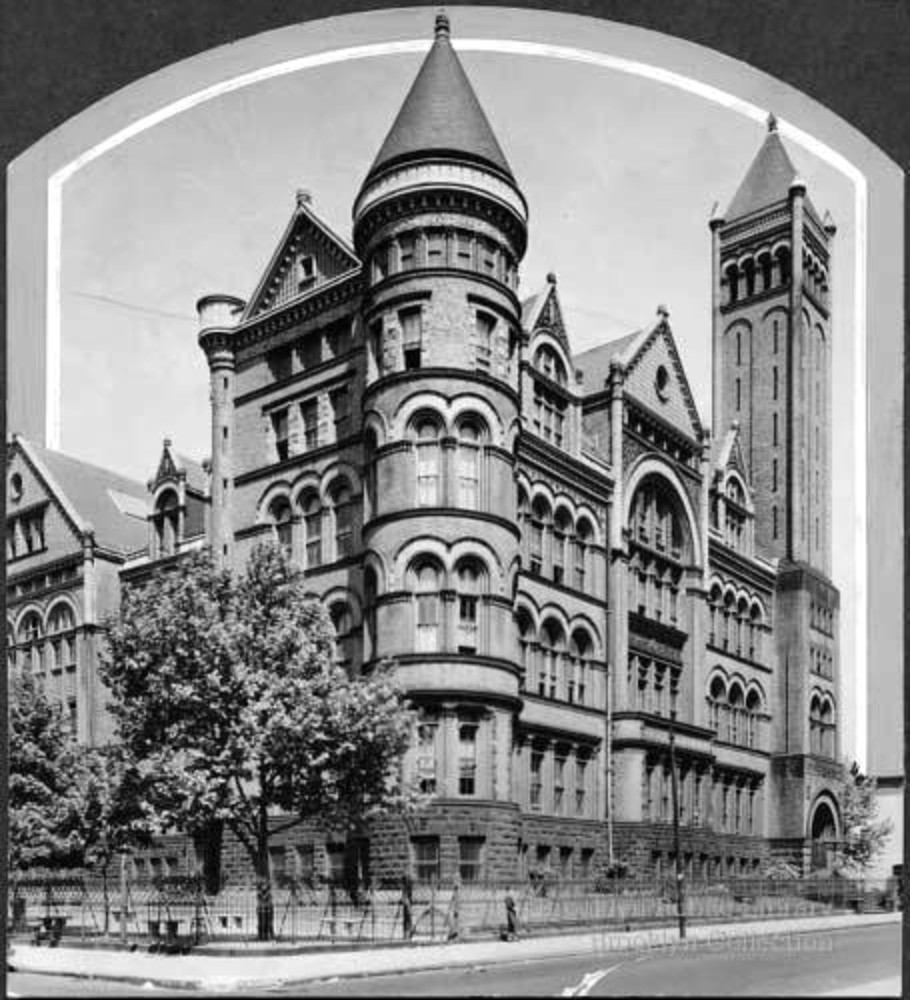
1937 postcard via eBay
Naughton designed a massive school that takes up half a city block, with exposures on three streets. The Marcy Avenue side has massing, towers, gables, dormers and terra-cotta trim for days, outlining arched windows and doors.
The classic Romanesque Revival tower on the left with a conical roof is paired on the right side with a tall, almost delicate square tower that’s both totally incongruent and perfect. The left tower and walls are decorated with carved portraits of student’s faces. They looked so young!
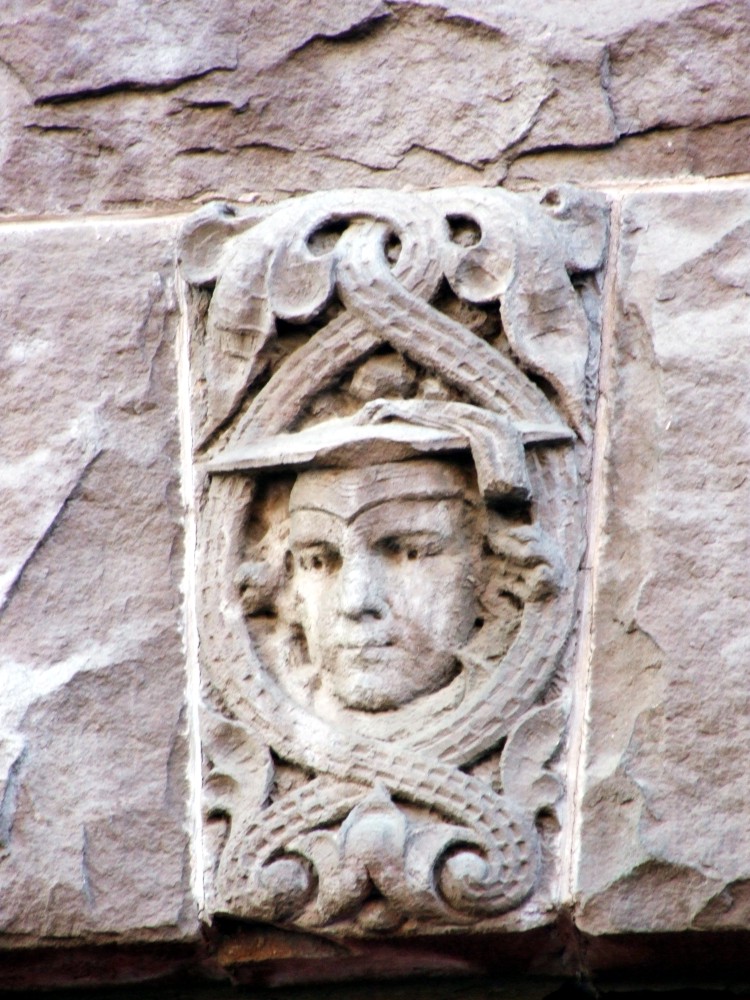
The sides of the building are another lesson in architectural terms with gables, a row of dormers and just about every story covered in terra-cotta. Whew!

The Legacy of Boys High School
Like Girls High School, Boys was a public school. But it was for the elite, drawing the best of the city’s students. It had a full student body before it opened, leading to immediate plans for expansion.
James Naughton died in 1898. Brooklyn became part of greater New York City and C.P.J. Snyder became Superintendent of Buildings of all of NYC’s schools. By 1905, the school got its first Snyder expansion.
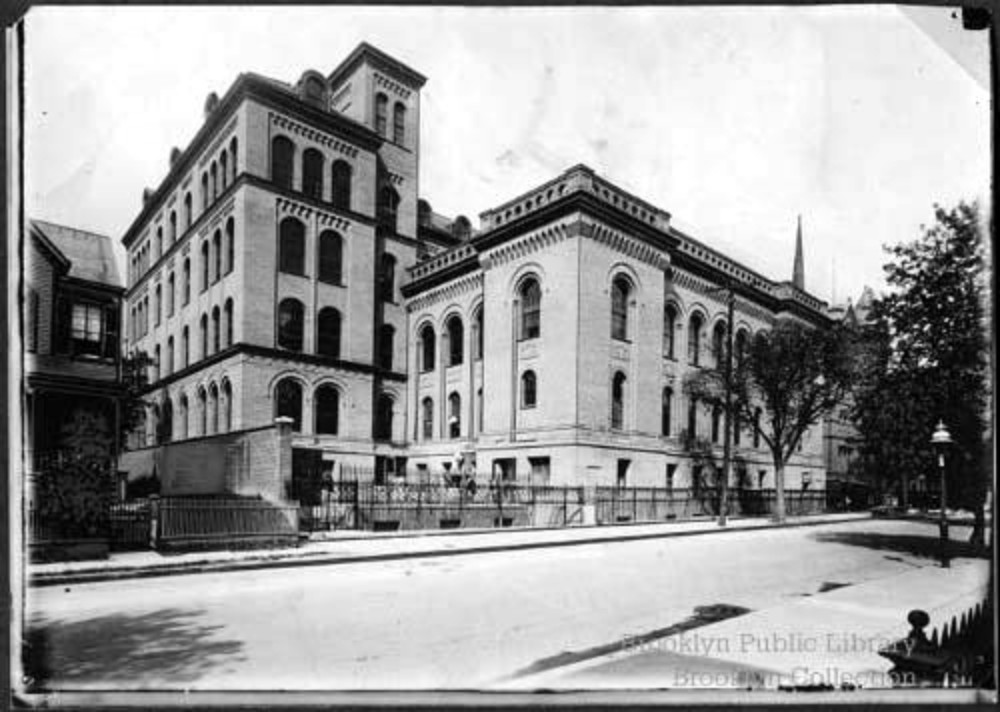
New addition, 1911 via Brooklyn Public Library
This addition holds a fine auditorium which has been changed little since it was built. It can be seen as the concert hall at the end of Spike Lee’s movie Crooklyn.
In the mid 20th century the school became home to the sons of Jewish immigrants and strivers of all kinds. It was one of the city’s most famous high schools, with very high academic standards. To land a teaching job here was an NYC teacher’s dream.
Some of the school’s famous alumni include Norman Mailer, Isaac Asimov, Aaron Copland, Man Ray (born Emmanuel Radnitsky), Norman Lloyd, William Levitt, architect Morris Lapidus and jazz great Max Roach.
It was also home to Lenny Wilkins, Tommy Davis, Connie Hawkins and Si Green, all professional athletes. The school’s athletic programs were the envy of the high school system.
Alas, nothing good lasts forever. By the 1960s, the school was described in a New York Times article as a “grimy Victorian structure.”
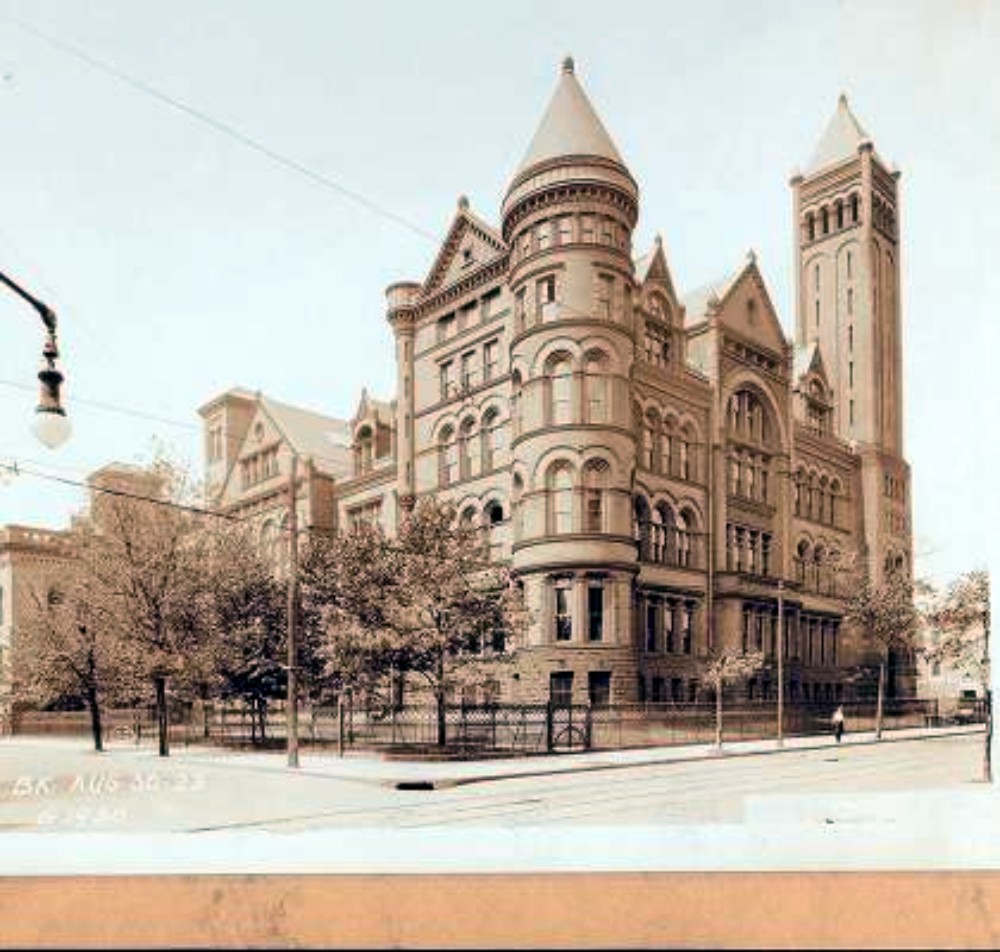
1923 photo via New York Public Library
In 1975, the Board of Ed decided to join Boys High School with Girls in order to create a coed environment and spend some money in the inner city. A brand-new school was built on Fulton Street at Utica Avenue.
Both original schools were empty, but Girls soon became home to adult education. Boys remained empty, but fortunately had been designated an individual landmark in 1975.
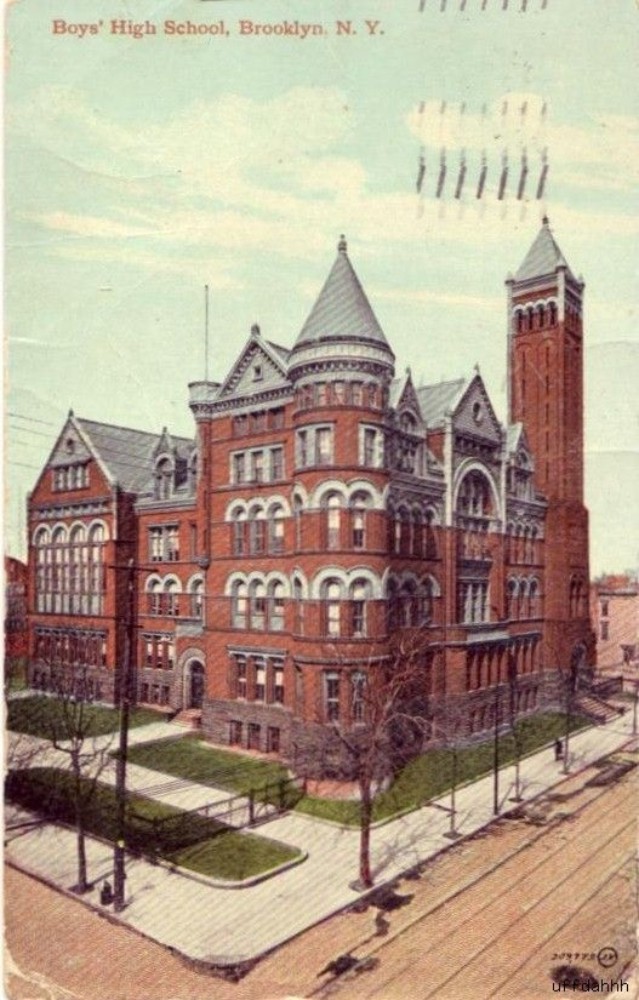
Postcard via eBay
Landmarking saved the building from destruction, but not deterioration. The city had a big, empty school, so it was used to house incorrigible students and remedial classes for another 15 years. Another Times article, from the 1990s, showed peeling tin ceilings sprinkling lead paint down on students.
Finally, due in great part to Bedford Stuyvesant community activists and educators, money was found to rehab the school inside and out.
Boys High School’s exterior now looks as good as ever and its classrooms are now home to at least three charter schools and other educational programs.
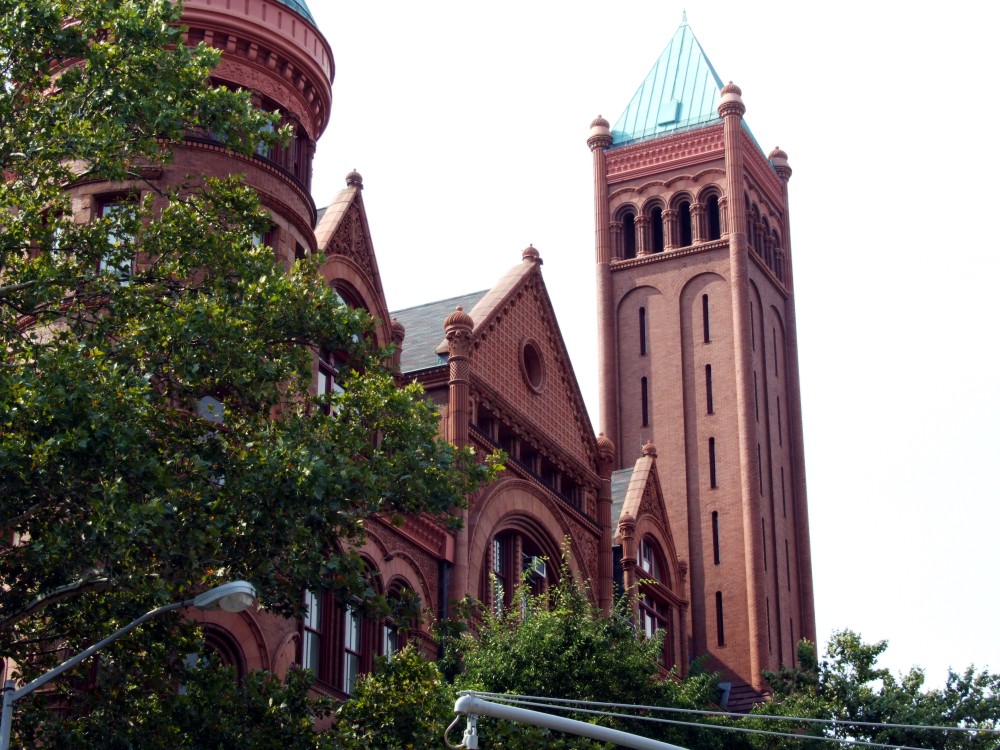
Two years ago, the back of the school and surrounding block were chosen as the set for the Cinemax period drama The Knick, starring Clive Owen.
If you watch closely, Boys High School was transformed into the Knickerbocker Hospital, a fictional late-19th-century institution, set in Manhattan. The signage for the hospital and other changes to the streetscape were only recently removed.
All contemporary photographs by Suzanne Spellen
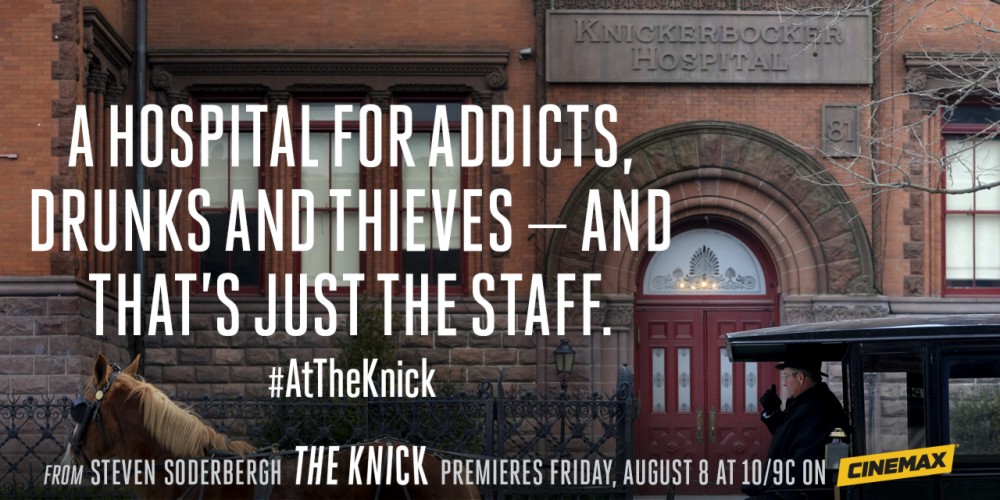
Knick photo via Cinemax
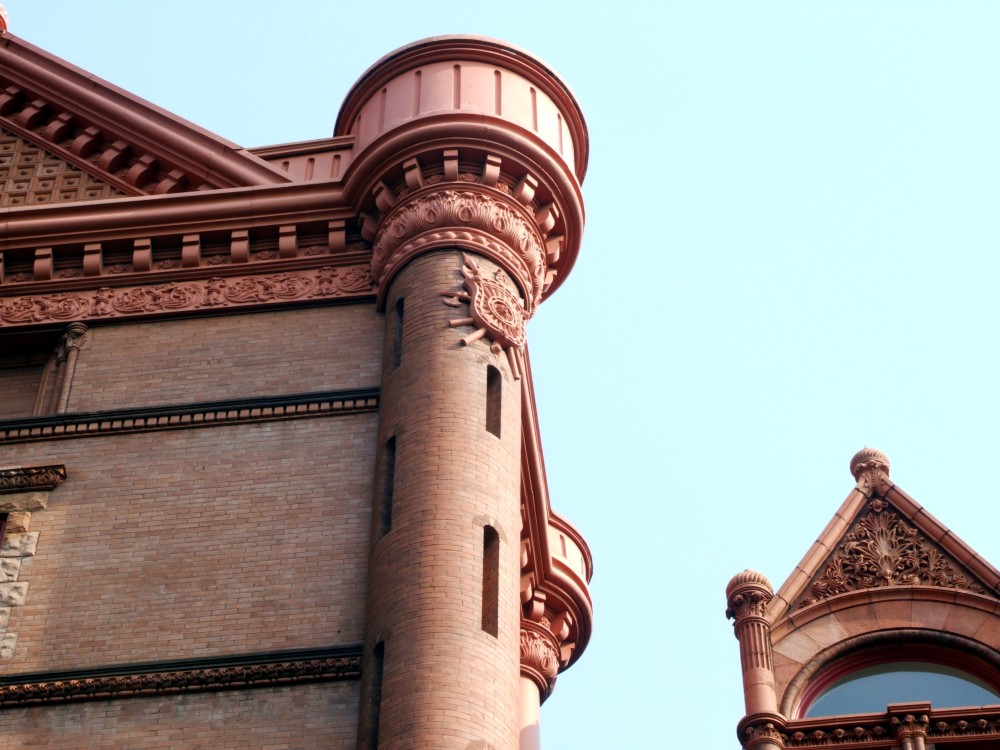
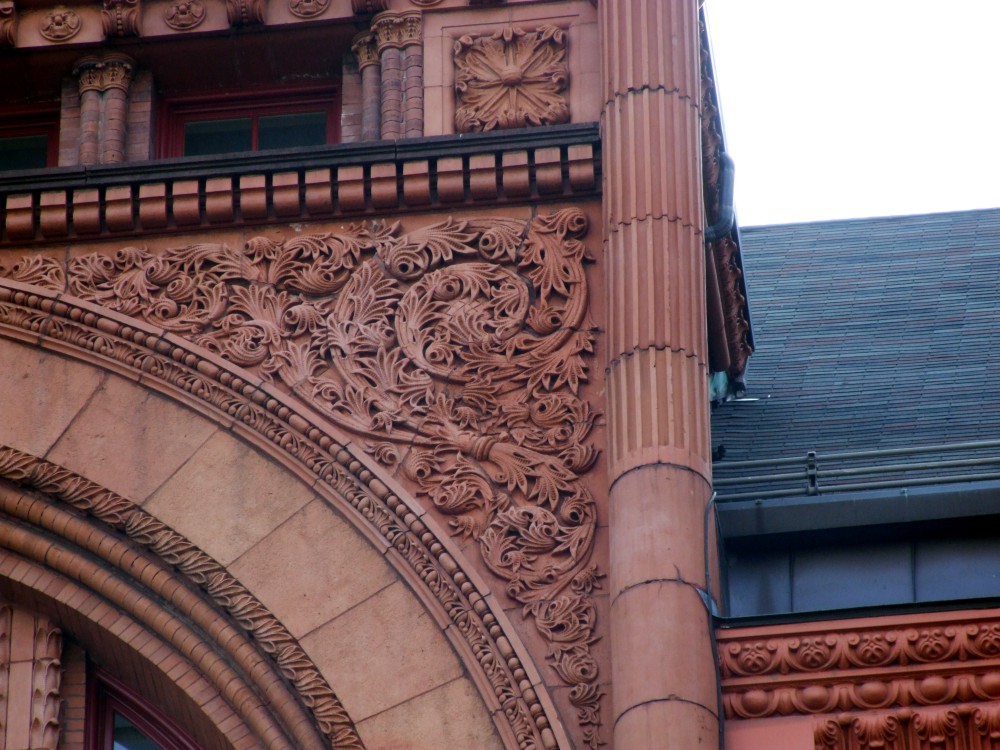
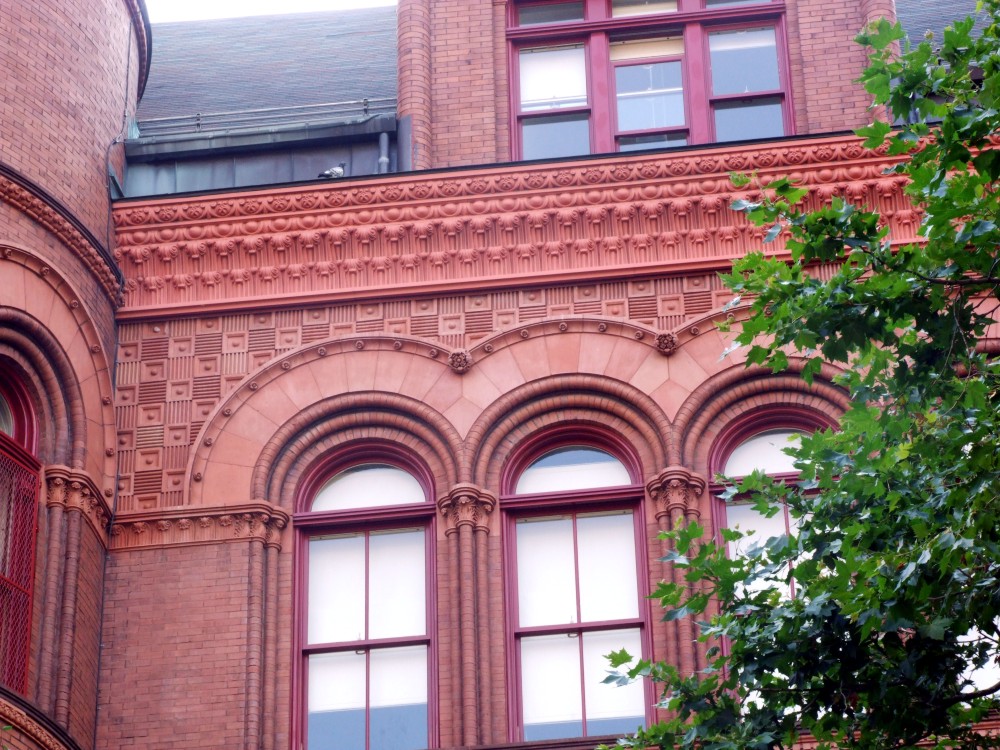
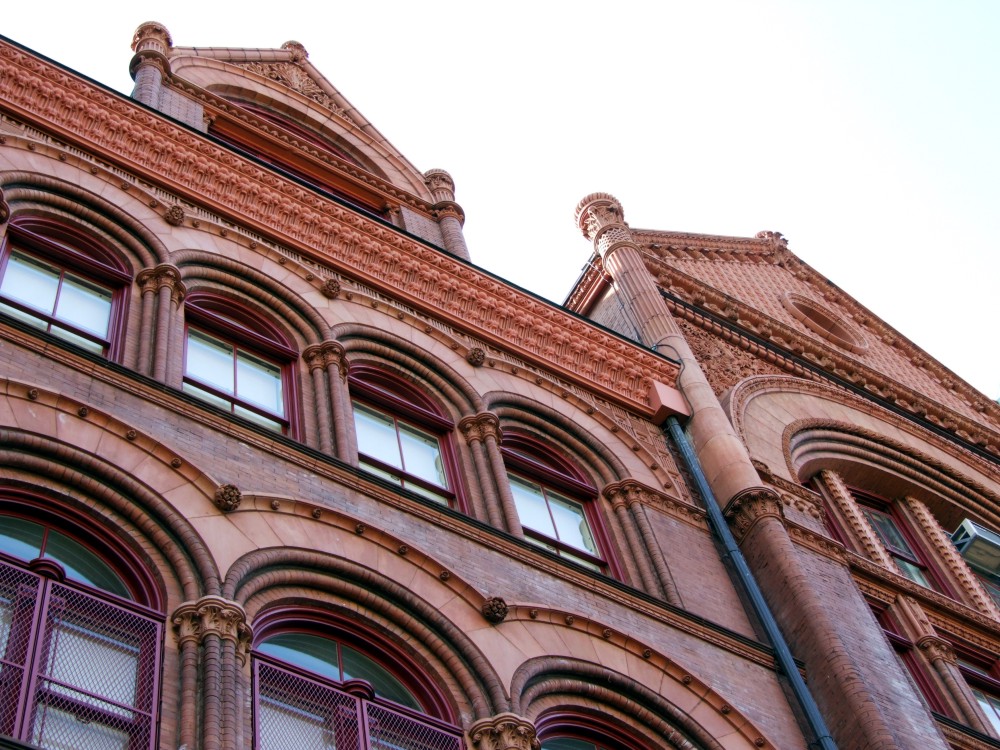

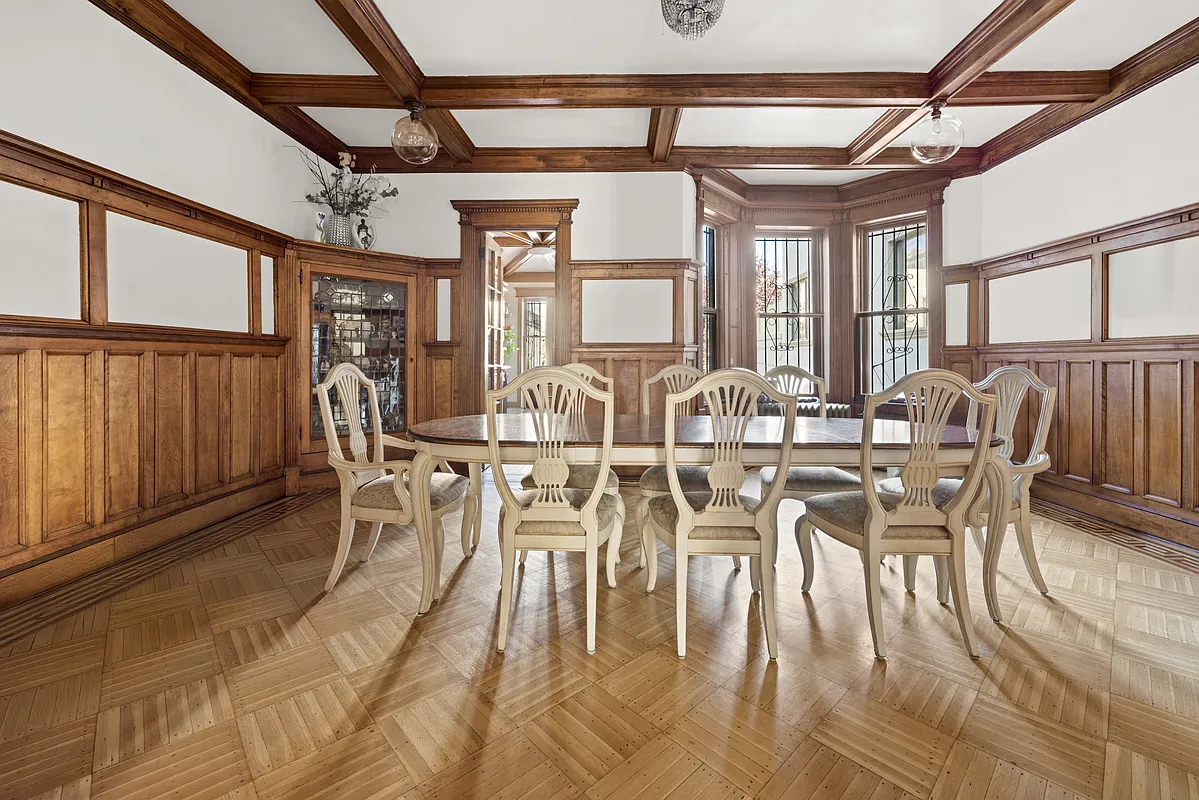
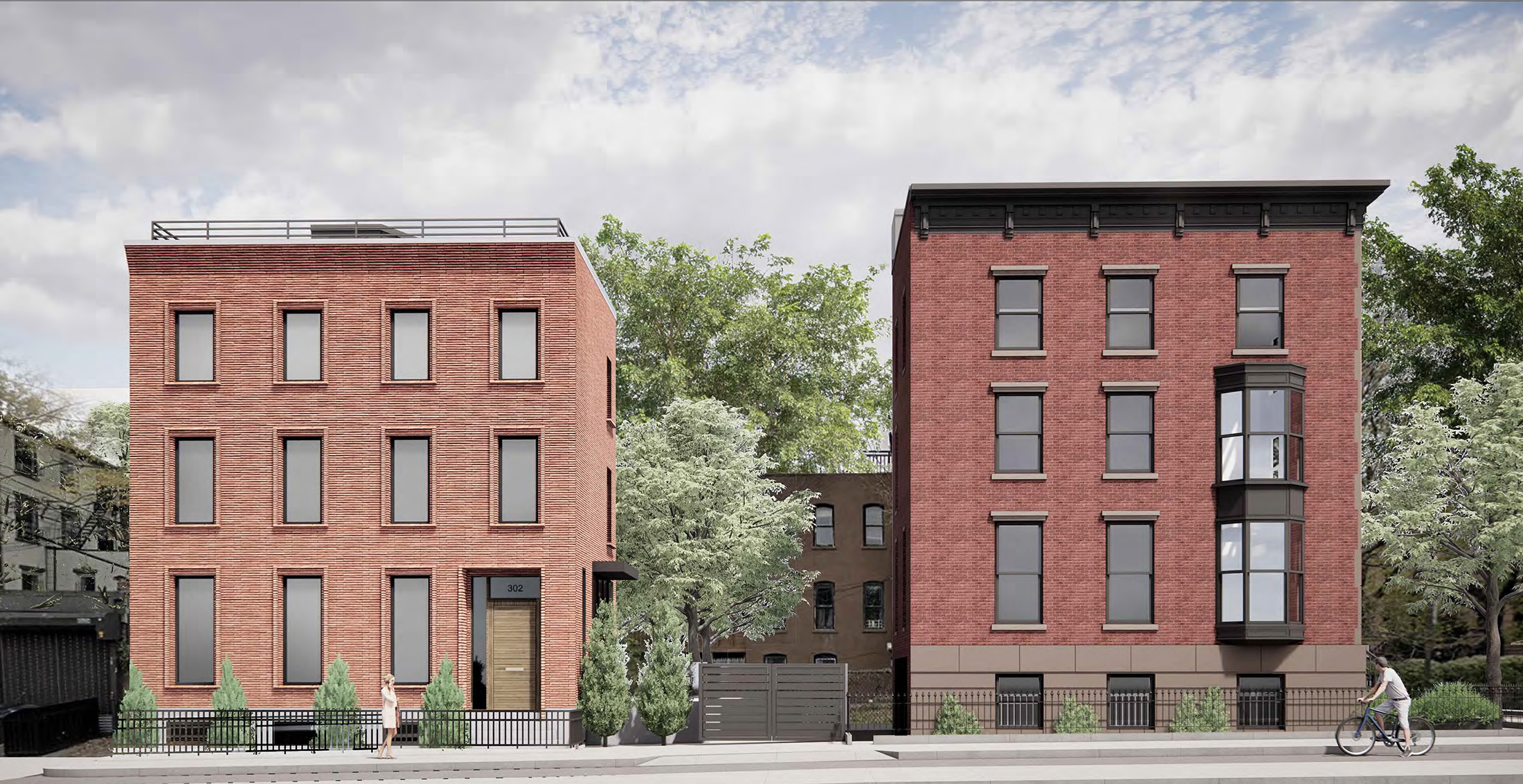
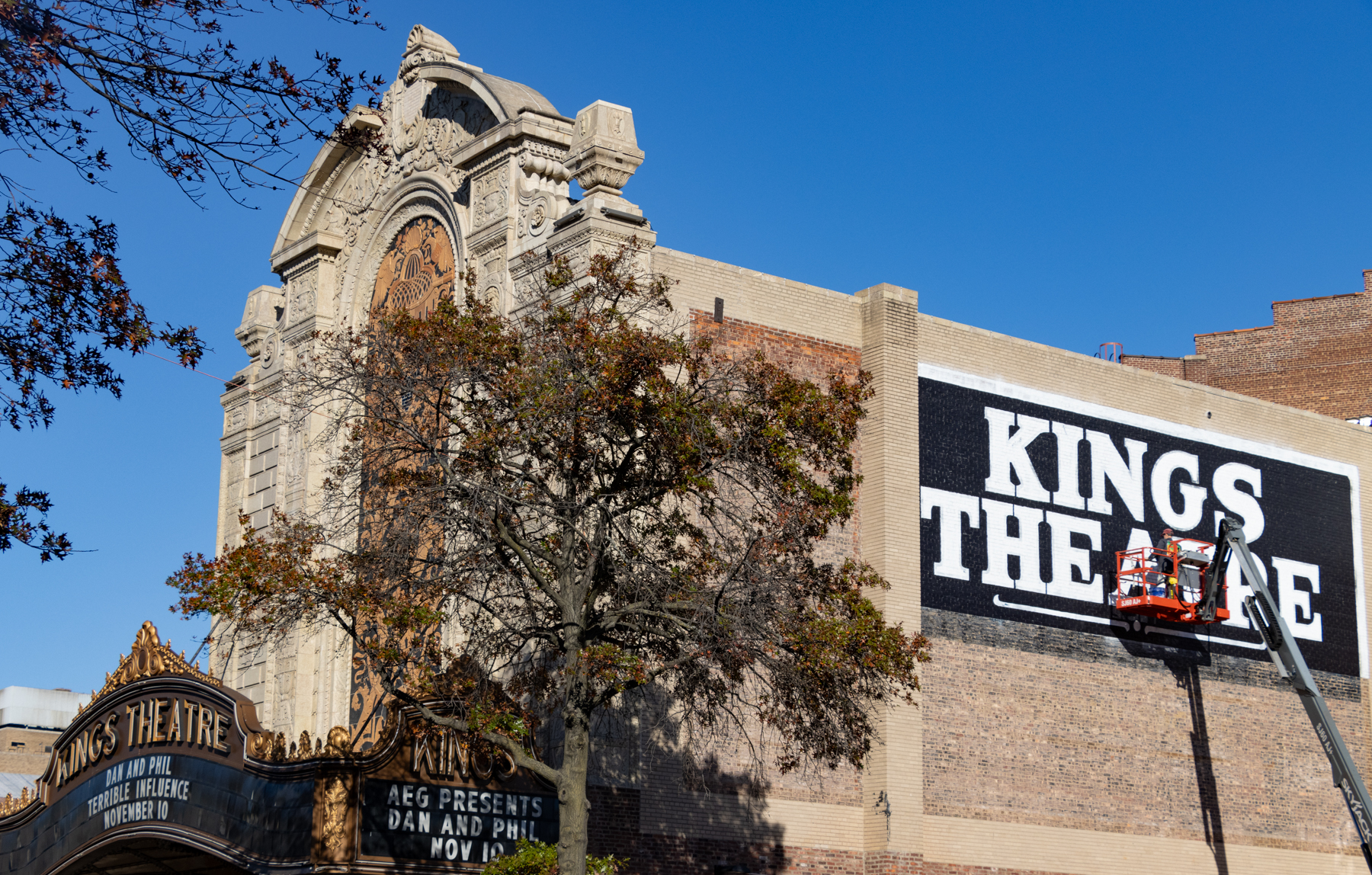
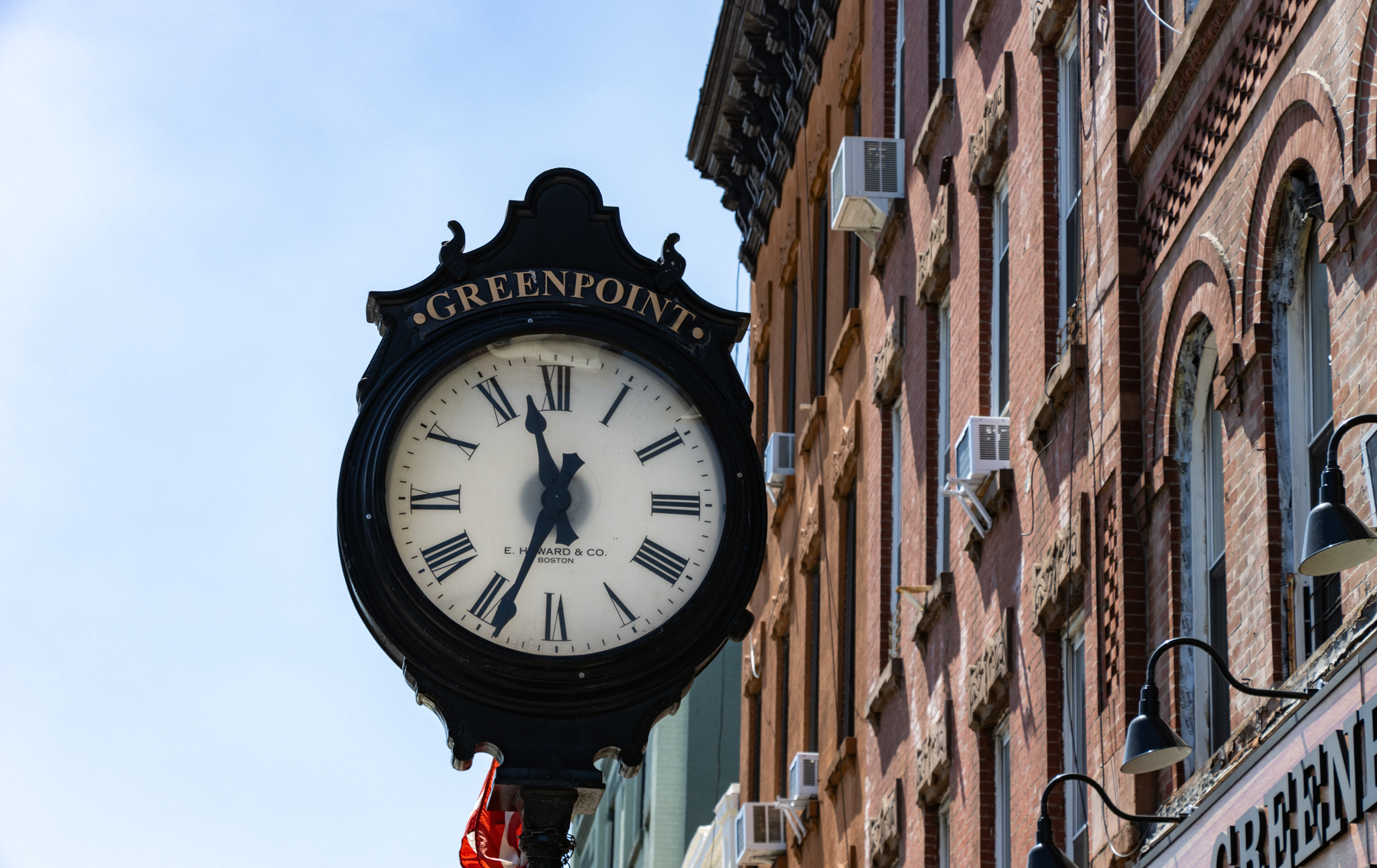


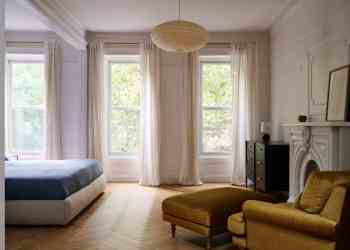

I go for a run by this building every Sunday. I love it.
Sigh.